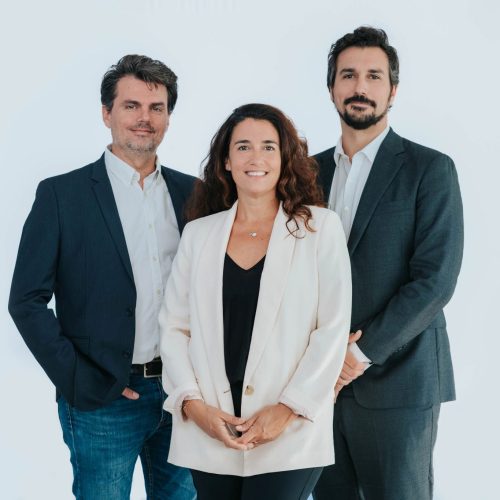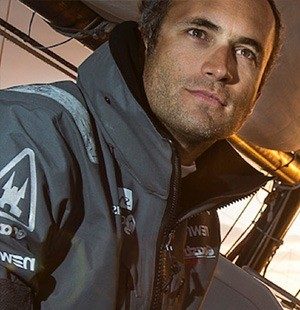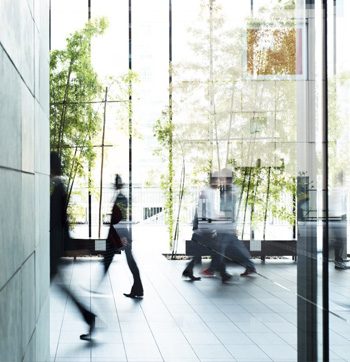Low-tech building,
putting people back at the heart of projects.
Construct robust buildings, striking the right balance between technology, people and environmental resources.
Often misunderstood, the "low tech" approach is at the heart of the mission that Sinteo, an Onet subsidiary, has been pursuing for 15 years: to act for the post-carbon city and real estate.
Looking for innovative and responsible solutions to optimize work environments in particular, Onet logically approached this player in 2013, perfectly in tune with its approach.
Today, the international group and its subsidiary are deploying a joint strategy to meet the challenges facing the building sector and work together to limit their customers' energy consumption.
Explanations with Julie Vinson, Managing Director, and Daniel Trevette, Director of Sinteo's Technical Project Management Division.
- - Sinteo
Low-tech buildings: a response to environmental and standards challenges
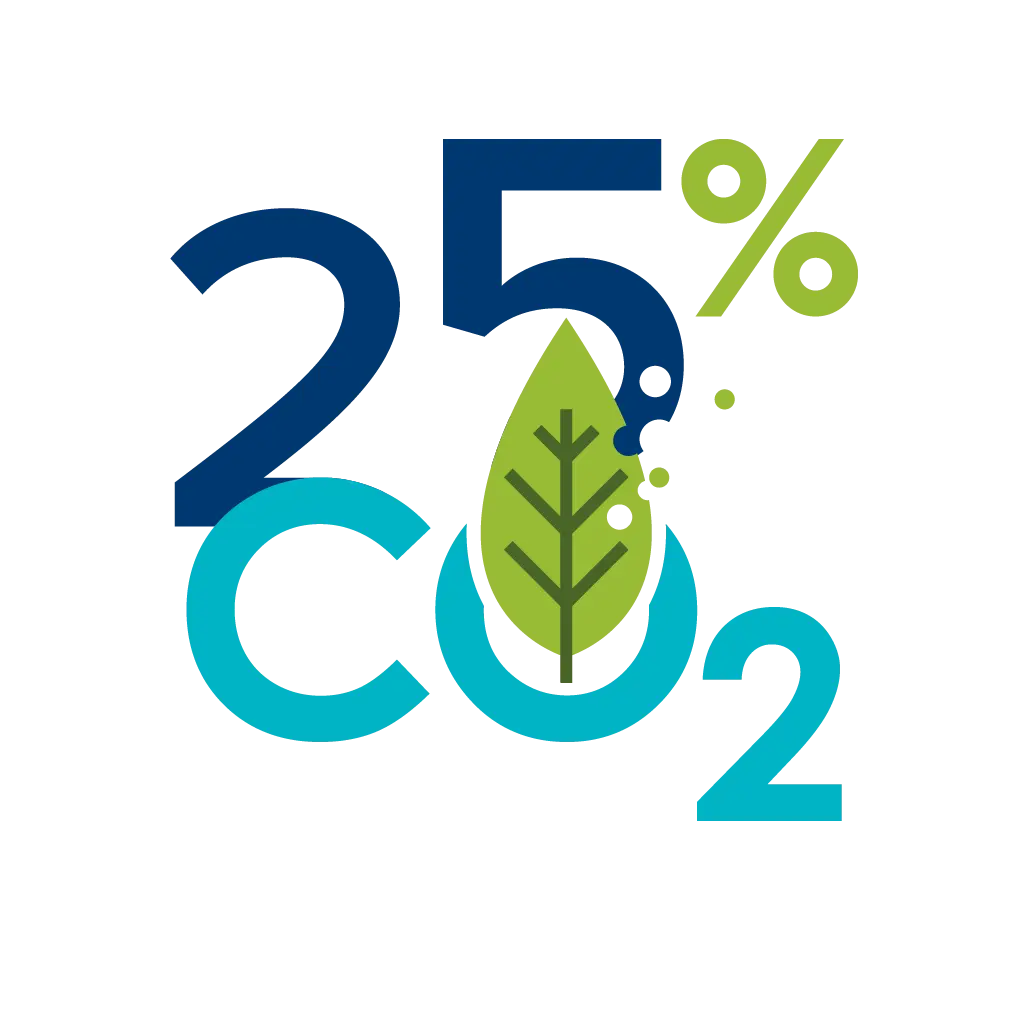
With this in mind, the BACS (Building Automation and Control System) decree was specifically published in 2020.
From January1, 2025, the law will require all commercial buildings above a certain power threshold to be equipped with autonomy and control systems, in order to reduce consumption by regulating technical equipment.
At the same time, recent years have seen the emergence of a large number of certifications. HQE (Haute Qualité Environnementale), BBC-Effinergie (Bâtiment Basse Consommation-Effinergie), BREEAM (Building Research Establishment Environmental Assessment Method), LEED (Leadership in Energy and Environmental Design), Circolab, BiodiverCity, WiredScore... A host of labels, all aimed at driving the market towards more sustainable construction, in terms of design, operation and deconstruction.
It's against this backdrop of high standards and global climate challenges that the concept of "low-tech" buildings has gradually emerged over the past two decades. The principle? Design and use technology with a focus on simplicity, durability, efficiency and accessibility.
The right technology, at the right time, in the right place
Aimed at improving the environmental impact of buildings, the "low tech" approach runs counter to the "smart building" approach. The idea is to address the limitations inherent in the use of fully automated buildings (lighting, heating, air conditioning, doors, etc.). On the operating side, for example, it's not uncommon for these installations to malfunction, right from the moment they are handed over. In reality, they often prove very complex to operate," insists Julie Vinson. In such cases, 'better' is the enemy of 'good'. Deploying a massive number of technologies multiplies the risk of breakdowns, even though the teams who have to use the buildings are not familiar with them.
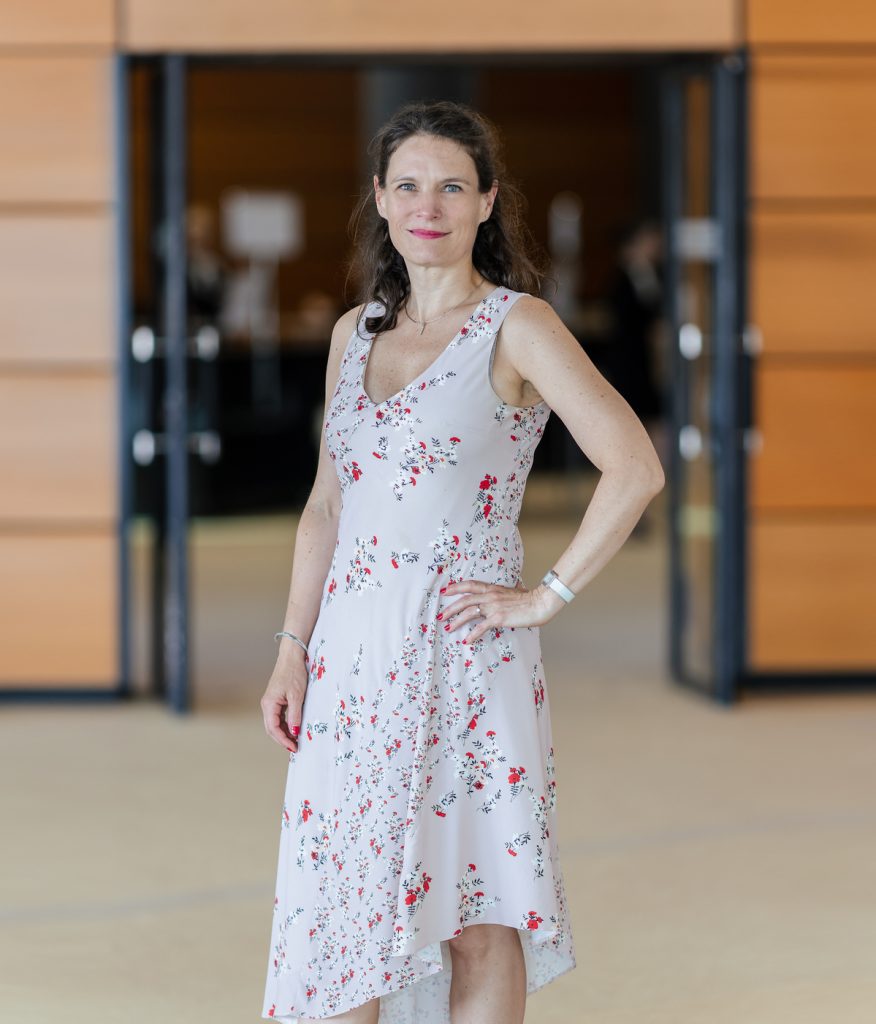
Low tech is not no tech, it's good tech!
The idea is to build robust buildings that strike the right balance between technology, people and environmental resources. So it's up to us to use "the right technology, in the right place, at the right time".Julie Vinson, Managing Director of Sinteo
Another reality to be taken into account is that excess technology leads to over-consumption. " In the end, we spent a lot of money and generated high emissions (for the production of components) to obtain buildings that don't meet expectations in terms of both performance and consumption," continues Sinteo's Managing Director.
The "low tech" approach helps to avoid such pitfalls, through concrete choices:
- putting people at the heart of our systems,
- reduce energy and carbon consumption,
- think "low design",
- guarantee thermal performance,
- plan for fire resistance, give priority to reusing materials,
- reduce consumption.
From design to operation, all stages can benefit from a low-tech approach.
The idea is not to try to build something brand new, or to buy new materials or equipment, if this is unnecessary.

If a building is half-empty, it may not be necessary to completely renovate it and throw away existing materials and equipment. We strive to reuse available materials and equipment as much as possible. It's not an easy task, but it's possible. Another dimension of our work is to help our customers define their real needs and find a solution to meet them: for example, there's no need to dimension the technology for an occupancy ratio that's not consistent with what the building itself can accommodate.
Daniel Trevette, Director of Sinteo's Technical Contracting Division.
The idea is to use "the right technology, in the right place, at the right time" . This is the logic at work, for example, in a solution deployed by Onet: " CleanConnect ".
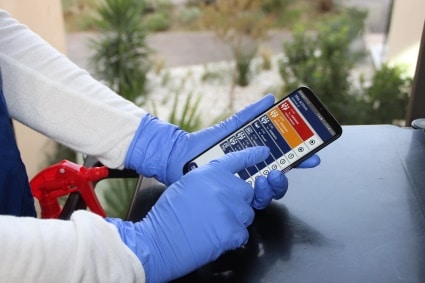
A new organizational model
More than just a technology dedicated to the cleaning sector, this application represents a new service organization model, designed to improve the quality of services delivered to end-users in real time.
How does it work? By logging on to the application, the agent receives a list of tasks to be carried out in the zone to which he or she has been assigned.
For even greater responsiveness, the site manager can control the entire service from a dashboard, by triggering remote cleaning actions or modifying settings.
Agents can also use the application to report anomalies throughout their shift.
The need to master technologies
What's more, effective intervention means not only making the right technological choices, but also ensuring the quality of their installation and their mastery by the players involved.
That's why teaching and consulting are central to this approach and to the work of Sinteo's teams.
" What we often forget with technology is that there are individuals who are not necessarily technophiles who will design, use and maintain buildings. In the concept of ' low tech ', there's also the idea of ' high human ': we need to put the human back at the center ".
Once again, this approach echoes Onet's vision of working together to benefit others and the community.
Bringing intelligence down to human level
There's another reality that needs to be taken into account: technology has a tendency to disempower users.
And yet, in the face of the challenges of climate transition, the challenge is precisely to make citizens and users responsible for their actions within their environment.
Setting up a program(Building Management System) so that the light goes out is already taking the risk that the light won't go out because it's incorrectly set.
"Whereas if we'd just fitted a switch, turning off the light when you leave the room would be a simple, common reflex," notes Julie Vinson.
The purpose of technology is to provide support: it cannot replace the experience and expertise of the people who work at the heart of buildings.
Putting intelligence at the human level is precisely one of the values shared by Onet and Sinteo.
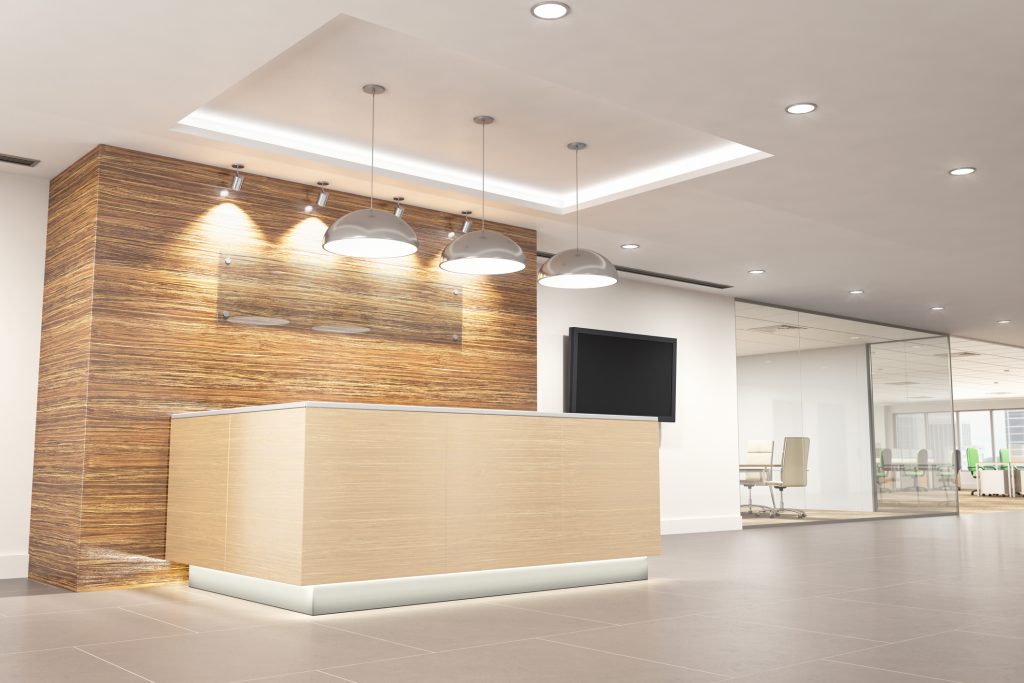
Environment: the impact of low-tech construction and renovation

The global "low tech" approach has one ambition: to reduce the environmental impact of buildings in all their dimensions, whether in terms of their carbon footprint, reducing water production and use, or preserving biodiversity.
The fewer elements that are integrated into a building, the fewer resources are consumed, the fewer components are manufactured, and the more the planet is preserved. This common-sense observation informs the "low tech" approach.
The cost and environmental impact inherent in any cutting-edge technology must therefore be taken into account:
- the manufacture of electronic chips and batteries using rare earths,
- energy used for data storage,
- carbon spent on manufacturing or delivery, etc.
A second dimension relates to life expectancy.
Opting for a low-tech approach means favoring solutions that are more sustainable and environmentally friendly: the approach reduces resource consumption and promotes sustainability.
The limited lifespan of high-tech products means frequent replacement of objects, batteries and cells. A choice must be made by integrating the manufacture of components as well as their use - the building's energy consumption linked to the use of technology.
All dimensions need to be considered to find the right balance," explains Daniel Trevette. Sometimes, it may be preferable to accept slightly higher consumption during operation, to avoid spending a lot of money on renovation. For example, the best choice may be to postpone the renovation of a building that is not totally obsolete, due to the cost of the operation ".
Sinteo has developed expertise in life-cycle analysis, which quantifies "embedded carbon", i.e. the carbon emitted during the manufacture and transportation of materials. It's a way of getting to the heart of the low-tech approach: renovating in the right way at the right time.
Finally, in the face of so many intertwined issues, a way is emerging to have a concrete, global, environmental impact: sharing common values that bring the protagonists together around common sense.
Climate, biodiversity, water, social:
a necessarily global approach
At Sinteo, we are fully aware that environmental issues go far beyond the "carbon" dimension.
Our approach can only be global. For example, the work we're doing on a post-carbon city is increasingly integrating biodiversity and water issues.
Within our "Urban Ecological Engineering" division, dedicated to urban ecology and biodiversity, seven ecologists assess the impact of buildings on biodiversity and seek solutions to reduce it.
It's in this context that we're making a major effort to find ways of renovating without concreting over the soil - which plays a crucial role in water retention, flooding and heat island problems.
This global approach also applies to the choice between double and triple glazing in a building.
If, at the manufacturing stage, the least carbon-intensive solution is single glazing, the choice must obviously be made from a broader perspective: the building's use, including comfort, are components to be integrated.
This is a return to awareness of the environmental and societal impact of Onet's businesses and the Group's primary mission: to work together to create ever healthier, safer and more reliable environments. These commitments have been part of Onet's CSR approach for over 15 years: A present for the future®.
Julie Vinson, Managing Director of Sinteo
